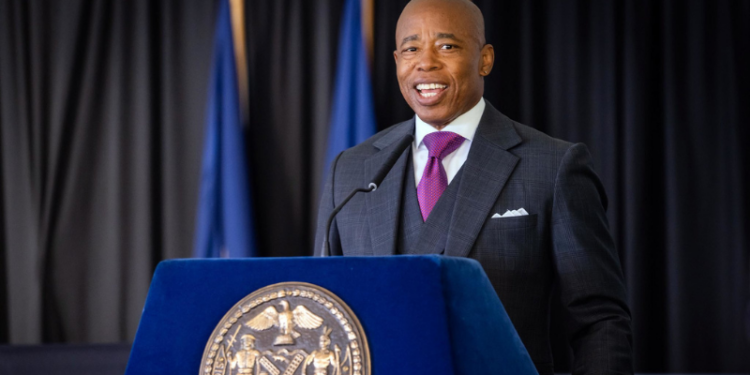On Tuesday, September 10th, Mayor Eric Adams unveiled New York City’s plans to invest $50 million annually by 2027 to combat the ongoing opioid crisis. These funds, secured through litigation and settlements against opioid manufacturers, will be used to bolster prevention and treatment programs throughout the city. “Too many New Yorkers, and too many Americans, have been lost to the opioid epidemic,” Mayor Adams said, highlighting the city’s commitment to expanding access to life-saving services.
New York Attorney General Letitia James, who played a significant role in securing the funds, emphasized the devastation opioids have caused. “For far too long, the opioid crisis has left a trail of devastation across New York, tearing families and communities apart,” she said
The funds will support programs within the New York City Department of Health and Mental Hygiene (DOHMH) and NYC Health + Hospitals, with a focus on community-based initiatives to reduce overdose deaths and provide treatment.
Anne Williams-Isom, Deputy Mayor for Health and Human Services, pointed out the enduring nature of the crisis, stating, “If it were not for COVID-19, the opioid overdose crisis would be the single biggest public health issue of our time.” She added that the investments will strengthen the city’s ability to respond to the opioid crisis, providing much-needed resources to help families and individuals affected by substance use disorders.
Dr. Ashwin Vasan, Commissioner of DOHMH, reiterated the critical need for these investments, noting, “These funds will help keep our neighbors alive by providing critical connections to care in safe and supportive environments.” The funds will enhance existing overdose prevention services and improve access to treatment, including expanded syringe service programs and increased support for those with substance use disorders.
New York State Assemblymember Sam Pirozzolo expressed his gratitude, saying, “Opioid addiction is a leading public health crisis in New York City, and every penny that can go toward saving lives is a wonderful thing.” The $50 million annual investment aims to ensure that the city’s hospitals and community programs can continue to offer essential services and support to those most affected by the opioid crisis.
This initiative comes at a critical time, as opioid-related deaths continue to rise. The funds will support various efforts, including the expansion of the Relay program, which provides overdose prevention services, and the introduction of Addiction Response Teams in public hospitals. These new resources will be pivotal in addressing the opioid epidemic and saving lives across the city.










